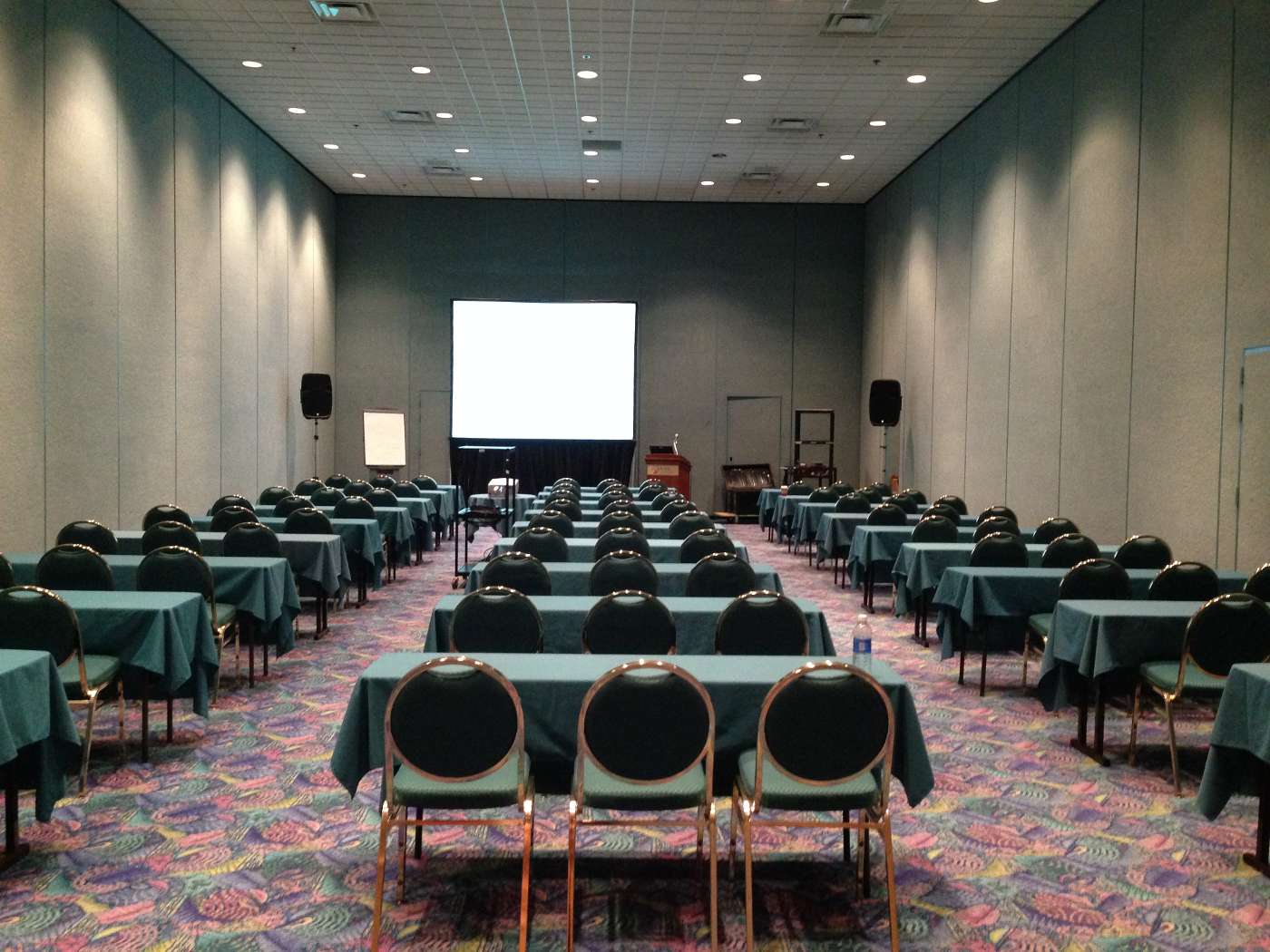
Farewell...
Workspring has chosen not to renew its lease in downtown Chicago. It has been our team’s pleasure to provide thousands of training, brainstorming and strategizing experiences to companies across the globe, and we are grateful to all of our customers. If you need to contact us, email info@workspring.com.
How Breakout Room Designs Affect Engagement

You know the scene well. You walk into a room designated for a traditional conference breakout and see rows and rows of hotel chairs and tables – while this is the norm, it’s not the most inspiring set up and ironically not very conducive for easily connecting with peers.
Or, think about being tasked to sit upright for an hour in an uncomfortable chair before being asked to form small groups with your session neighbors. The environment and the products inside are likely not ideal for activities people are asked to perform. You can probably recall dragging chairs across the floor to form a circle, or catching people sitting on the hard ground instead. While the presenter stands at the front of the room lecturing, you may have to strain your neck to see everyone else scattered throughout the room.
Active learning, so desired at conferences, is an individual’s pursuit of knowledge by engaging in a combination of multiple experiences. Steelcase Education researchers spend their time understanding human behaviors and how they arise from different environments – including events and meetings. While many factors are at play in achieving success, the role of space design is often overlooked or under-emphasized.
For those planning educational content for event attendees, you ought to consider how design and physical place impacts active engagement. Satisfaction and great participation are the result of more than just intriguing content. How can the space you place your attendees in activate inspiration, stimulation and learning outcomes? And what are tactics to employ to spur such results?
 FLEXIBLE & VERSATILE BREAKOUT AREA
FLEXIBLE & VERSATILE BREAKOUT AREA
• Place presenters or discussion facilitators in an area where they can walk around and comfortably engage with the audience, and set attendees up in configurations with easy sightlines to the instructor, content and each other
• Take advantage of every inch of real estate by offering easy access to vertical planes with whiteboards or spaces to post sticky notes during discussion and ideation, and keep attendees engaged as they sit, stand and move to their liking through products that support a range of postures
• Employ mobile furniture to make room for real life scenarios and role playing, if applicable
• Provide work tools and surfaces for individual reflection
• Offer comfortable settings to increase focus
“A big problem is that traditional learning experiences are not aligned with how the brain works, particularly as it relates to attention.” – Andrew Kim, Education Researcher at Steelcase.
When people feel comfortable in their spaces and are able to move and change postures freely, their attention spans increase, discussions are richer and the entire experience becomes more rewarding. Workspring Meeting Experiences by Steelcase creates active learning environments, powerful general sessions, and collaborative breakout spaces at some of the nation’s most important meetings and conferences. To learn more or to schedule a free consultation, contact Workspring Experience Manager Mary Cook at mtran@workspring.com.